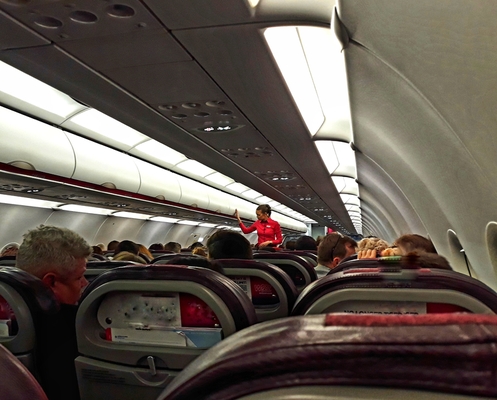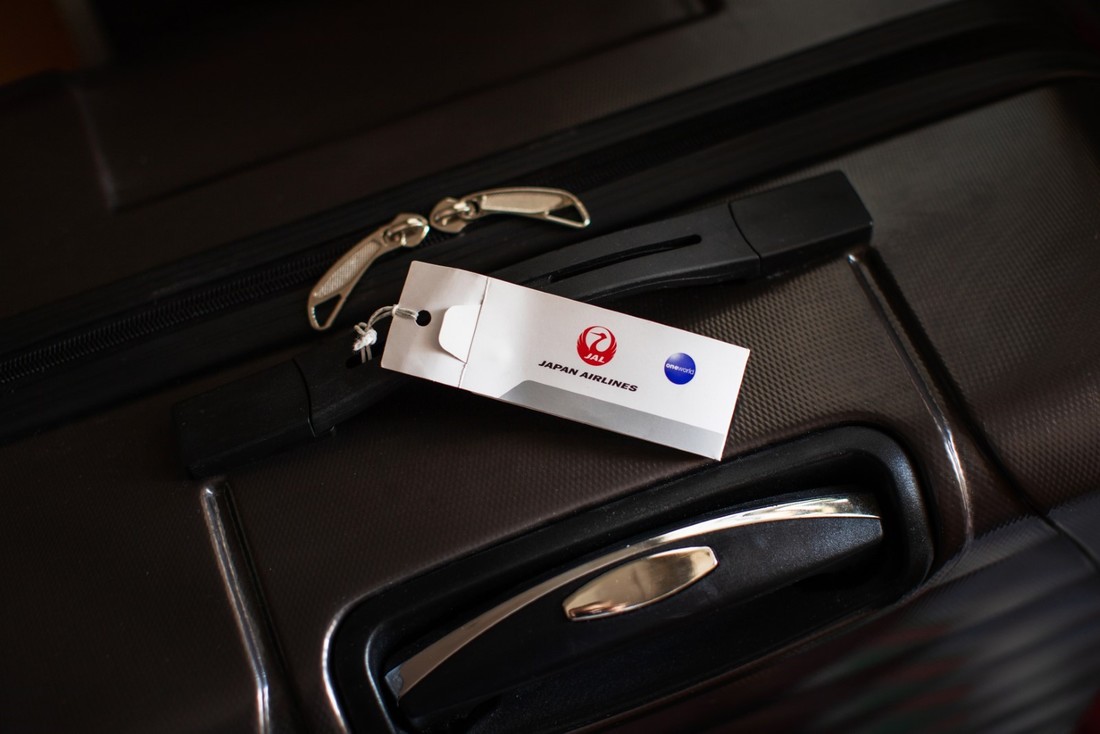
The public is very concerned about airline safety. Recent tragic accidents have raised the bar for airline safety. The ValuJet Flight 592 crash, TWA Flight 800's explosion, and the deaths of American Airlines Flight 1420 (2001) all prompted a call to aggressively develop a comprehensive safety program (National Transportation Safety Board 1999). In 1996, the ValuJet accident brought into sharp focus both the financial management of both airlines and the inadequate safety inspection training provided by the Federal Aviation Administration (FAA). The FAA had launched its safety performance analysis system in 1991, but the agency was still unable to complete the surveillance operation by 1996. Bartok 1996. A safety measure to identify airlines whose operational performance is declining could be a way to prevent accidents by focusing investigation and taking action. This measure would be in the public's best interest and welcomed by industry watchers and consumers (Bowen & Headley 1992a, 1992b). Unfortunately, such safety measures for the public do not currently exist.
Although public surveys on aviation safety have been done in the past, they were never comprehensive. Recent safety reports by the Boeing Corporation (Flight Safety Foundation) have examined the role of human error in an aviation accident. They found that over 60% of all accidents can be attributed to pilot negligence in the air (Ashford 1998; Boeing Company 2000). Ratings are based on one or two factors. The most common safety rating is based upon the number of incidents or accidents per 100,000 operations. This is a normalized rate of assessment over different periods from major airlines to major carriers (Gellman Research Association [GRA],1997). The data are often compared across similar groups of carriers (GRA 1997). The public is most familiar with this accident/incident per operations ratings. For example, The Wall Street Journal recently conducted ratings (Dahl & Miller 1996; Goetz 1998) based on incident or accident data from the FAA electronic database. However, most aviation industry experts believe that only accident data can be used to rank similar carriers (GRA 1988). USA Today's recent survey (Stroller 2000) found that enforcement actions by the FAA for major violations of U.S. aviation laws have increased significantly between 1994 and 1998. Other researchers disagree with these findings and claim that there has been a decrease in the accident rate and death risk (Barnett 1994). The average frequency of FAA administrative actions (typical fines), has remained constant at eight per day. A small annual penalty of $30.1 million was associated with 8,793 administrative enforcements. (Stroller 2000). A raw count of enforcement actions seems to be a poor measure of airline safety.

Aviation records have not been made available for public inspection in any form for decades. These records were technically public but were difficult to understand for consumers (Nomani and Pasztor 1997). Many believe that it is the responsibility of the federal government to make this information accessible and understandable. In 1992, Dr. Brent Bowen, director of the University of Nebraska at Omaha's Aviation Institute, and Ralph Nader, a consumer rights advocate, published an opinion piece in The Wall Street Journal calling for the FAA to release its safety files (Bowen & Headley 1992c). In the wake of ValuJet's crash, Senator Ron Wyden (D-Oregon) pushed for more aviation safety information. The FAA expressed concerns about releasing too much aviation safety information. Both it and the Air Transportation Association claimed that such a rating would make the pilots appear to be in error (Dahl & Miller 1996). Incredibly, similar arguments were made in 1980 when mandatory reporting of performance indicators was proposed. However, such indicators as on-time performance and baggage handling, and denied boarding are routinely reported in the Department of Transportation's Air Travel Consumer Report. They also regularly report in the National Airline Quality Rating, (QAR), without adverse effects. It is now a question of convenience and usefulness for consumers. Presently, the government has responsibility for aviation safety. This includes creating regulations, operating specifications, and inspection policies. Congress recently passed several bills that provide a solid foundation for the FAA’s enforcement and inspection activities (Bozin 1999). However, it is not clear if the FAA is doing a good job of preventing aviation mishaps. The 1996 Federal Aviation Authorization Act directed the FAA and the National Transportation Safety Board to develop a more "comprehensible" and refined classification for accidents, incidents, and substantial damage. However, the FAA has failed to implement more than 90% of the safety recommendations the NTSB issued as required by the act. Many industry professionals also believe that the NTSB's airline safety classification system is too complicated and that they should be able to improve their safety measurement system (GRA 1997). The FAA must be held more accountable for NTSB's recommendations. However, the mechanisms to ensure this accountability are not in place nor even contemplated. In the wake of recent aviation disasters, Congress has repeatedly taken action to improve safety and prevent fraud in aircraft maintenance and parts. After an Aloha Airlines plane was ripped open during a flight in 1991, Congress passed legislation urging airlines to (a) improve inspection procedures for aging aircraft; (b) invent inspection technology training for maintenance personnel, professionalism, and (c); restructure a 15-year inspection development (Library of Congress 2000c). Congress also passed the Aviation Disaster Family Assistance Act of 1995 and the Aviation Safety Protection Act of 1977. I promoted human-error accidents to federal felony status (in addition to possible civil penalties) after ValuJet's investigation revealed that it was due to maintenance errors (Library of Congress 2000b, 2000d). A federal bill, H.R. 3862, is currently pending. It's the Aircraft Safety Act of 2000. The Aircraft Safety Act of 2000 (H.R. 3862), a federal bill, is currently pending. It is designed to address maintenance problems that were cited in the January accident involving Alaska Airlines Flight 261. Federal legislators might have exhausted all legislative avenues to improve the maintenance of older aircraft almost ten years after the passage of the Airline Passenger Safety Enhancement Acts in 1991 and 1993. To avoid high-risk flights, the public must be informed about safety quality before they fly. A safety measurement system and more effective aviation legislation and concrete are both essential.
